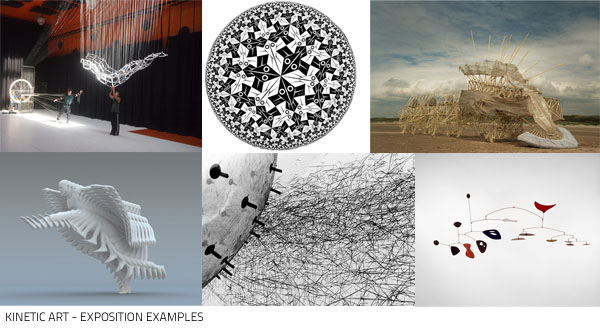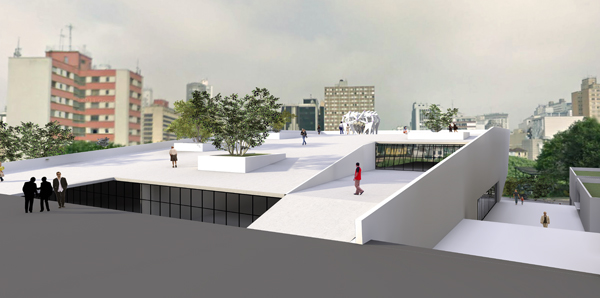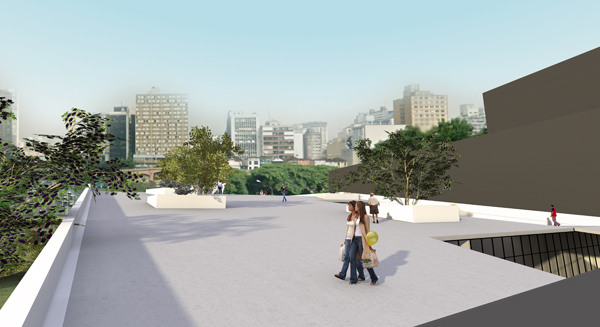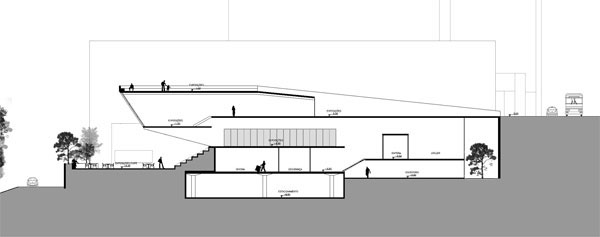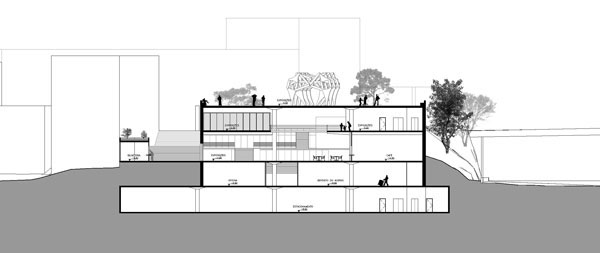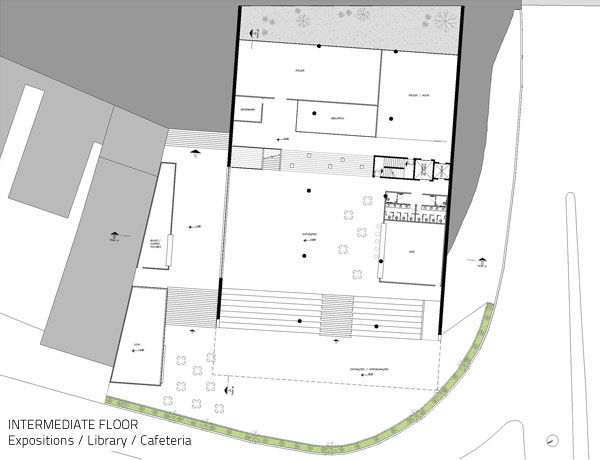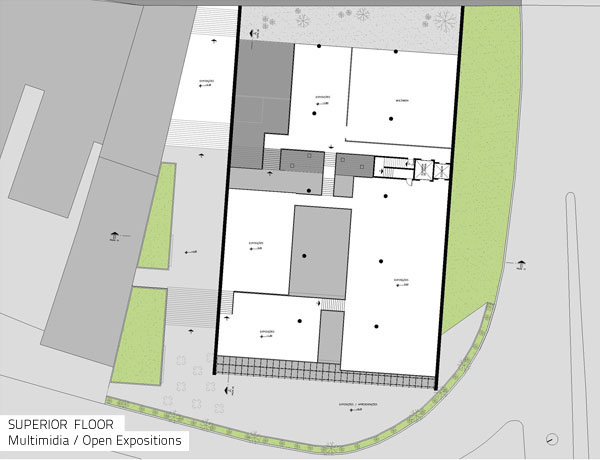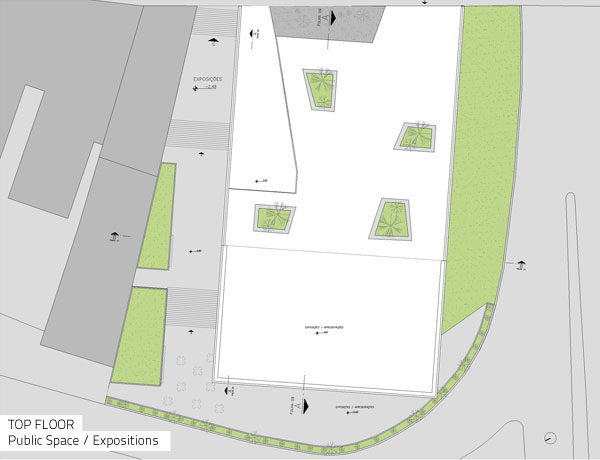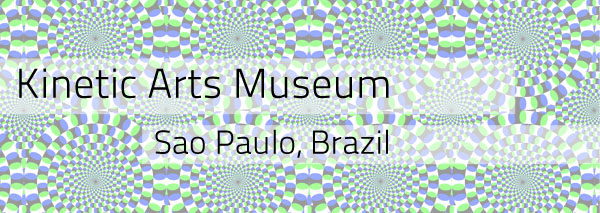
art and movement
To house a museum whose subject is movement and the exhibited works are in many cases large facilities that moves, either by wind or by interference of some mechanical equipment or by the action of a human being would need that the space had great dimensions.
Furthermore, it was considered the fact that such exposure could be largely seen by city that is around the museum, people who pass by car or walk around this place could contemplate these works so far and what they are called to participate.
Thus, the public space was extremely valued and along with it, the exhibits and spectacles outdoors, so that the whole concept of the museum comes from all this. The large square that leans from Liberdade Avenue culminating in a great area that stands out and sticks out towards to 23 de Maio Avenue. And generating high spatial continuity along the sidewalk of Liberdade Avenue.
Inside the museum, the spaces are dynamic and connected by stairways and walkways, and have a great visual for the Avenue, through a large visor. The exhibition sectors, separate technical and administrative sectors through this mechanism.
Thus, the art museum should present kinetic spaces with different characteristics of according to each type of art to be exposed. In its more closed spaces, multimedia exhibitions, images and small sculptures. In its open spaces, large sculptures and even dance and theater. So with all this the building might lead art in movement to the city that transits around it.
